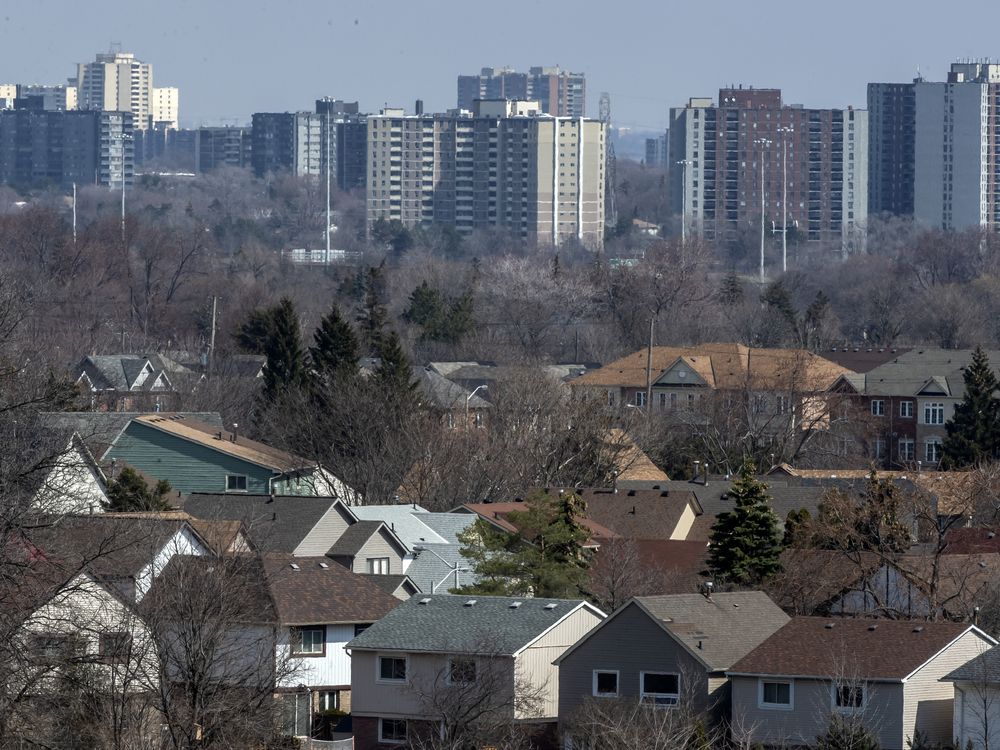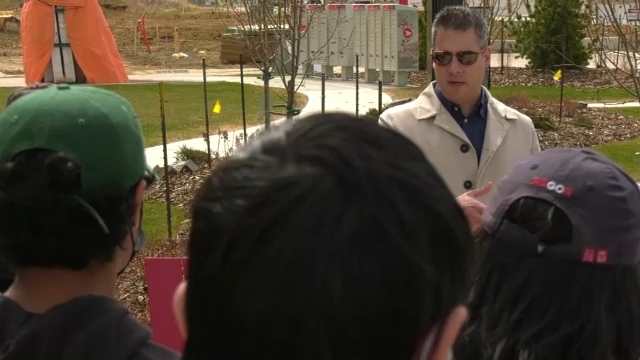Platinum107
Senior Member

Wendell Cox: Policy restrictions have caused the housing crisis
The choice we face is clear: a modest expansion of greenfield development or greater housing povertyfinancialpost.com
An explanation between Edmonton and Toronto.
IMO the author has a point about restricting development, but I'll ask why they're not bringing up the other half of the argument and resorting to a dilemma like that. In Canadian cities, middle-density housing and mixed use opportunities are extremely restricted and the urban form is usually large, low-density suburban areas with pockets of mid to high-rise towers around transit stations or activity nodes, uses often separated in both cases. This is another (arguably larger) example of the restriction of urban development which artificially increases the cost of living. If we want to effectively tackle this problem, every city should take a look at Edmonton's book and grant more zoning freedom to their neighborhoods and encourage projects which increase density and bring more uses, making the housing pool in a city much larger without bringing on huge future costs.





